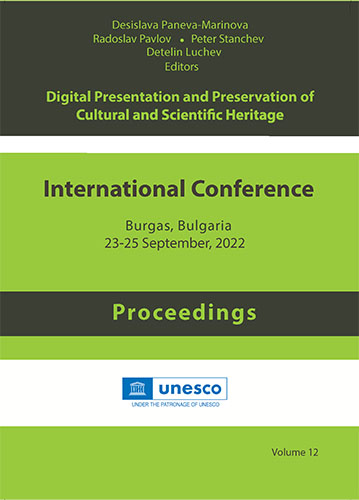Visual Emotion Recognition Using Deep Neural Networks
DOI:
https://doi.org/10.55630/dipp.2022.12.5Keywords:
Emotion Recognition; Image Analysis; Language Understanding; Deep Convolutional Neural Networks; Cross-Cultural ComparisonAbstract
It has been proven historically how important feelings and expressions are. They form an important role in communications between individuals of different culture. In the present day, Globalization has led to exchange of vast number of ideas among people on Earth. This gives rise to a unique challenge of identifying what the person in front is speaking about and formulate opinions likewise. Failing to do that would often result in unfortunate consequences. This paper leads to make inroads in this field and provide a basis to other future researchers. We took images from a pre-existing video dataset and recognize the emotions behind it. Through a series of experiments, a final neural network model was created which gave an accuracy of 88%.References
Agarap, A. (2018). Deep Lerning using Rectified Linear Units (ReLU). CoRR .
Barret, L., Adolphs, R., & Pollak, S. (2019). Emotional Expressions Reconsidered: Challenges to inferring Emotion from human facial movement. Psychological Science in the Public Interest , 1-68.
Chai, M. T., Hafeez, U. A., Mohamad, N. M., & Malik, A. S. (2017). The influence of Emotion on Learning and Memory. Frontiers in Psychology.
Ekman, P. (1992). An argument for basic emotion. Cognition d Emotion_6 , 169-200.
Gendron, M., Roberson, D., van der Vyver, J., & Barrett, L. (2006). The enter-face '05 audio-visual emotion database. International Conference on Data Engineering Workshops. Washington.
Hue, A. (2020, Jan 29). Analyticcs-Vidya. Retrieved from Medium: https://medium.com/analytics-vidhya/dense-or-convolutional-part-1-c75c59c5b4ad
Iliev, A., Mote, A., & Manoharan, A. (2021). Multi-Lingual Classification using Convolutional Neural Network. Large-Sclae Scientific Computations. Sofia,Bulgaria.
Mehendale, N. (2020). Facial emotion recognition using convolutional neural networks(FERC). SN.Appl.Sci.2 .
Nagi, J., Ducatelle, F., Di Caro, G., Cireşan, D., Meier, U., Giusti, A., . . . Gambardella, L. (2011). Max-Pooling convolutional neural networks for vision-based hand gesture recognition. 2011 IEEE International Conference on Signal and Image Processing Applications , (pp. 342-347).
O'Shea, K., & Nash, R. (2015). An Introduction to Convolutional Neural Network. Neural and Evolutionary Computing , 10.
Srivastava, N., Hinton, G., Krizhevsky, A., & Sutskever, I. (2014). Dropout: A simple way to prevent neural networks from. Machine Learning Rese .
Wani, T., Gunawan, T., & Qadri, S. (2020). Speech emotion recognition using convolution neural networks and Deep Stride convolutional neural networks. ICWT'2020 , (pp. 1-6).




